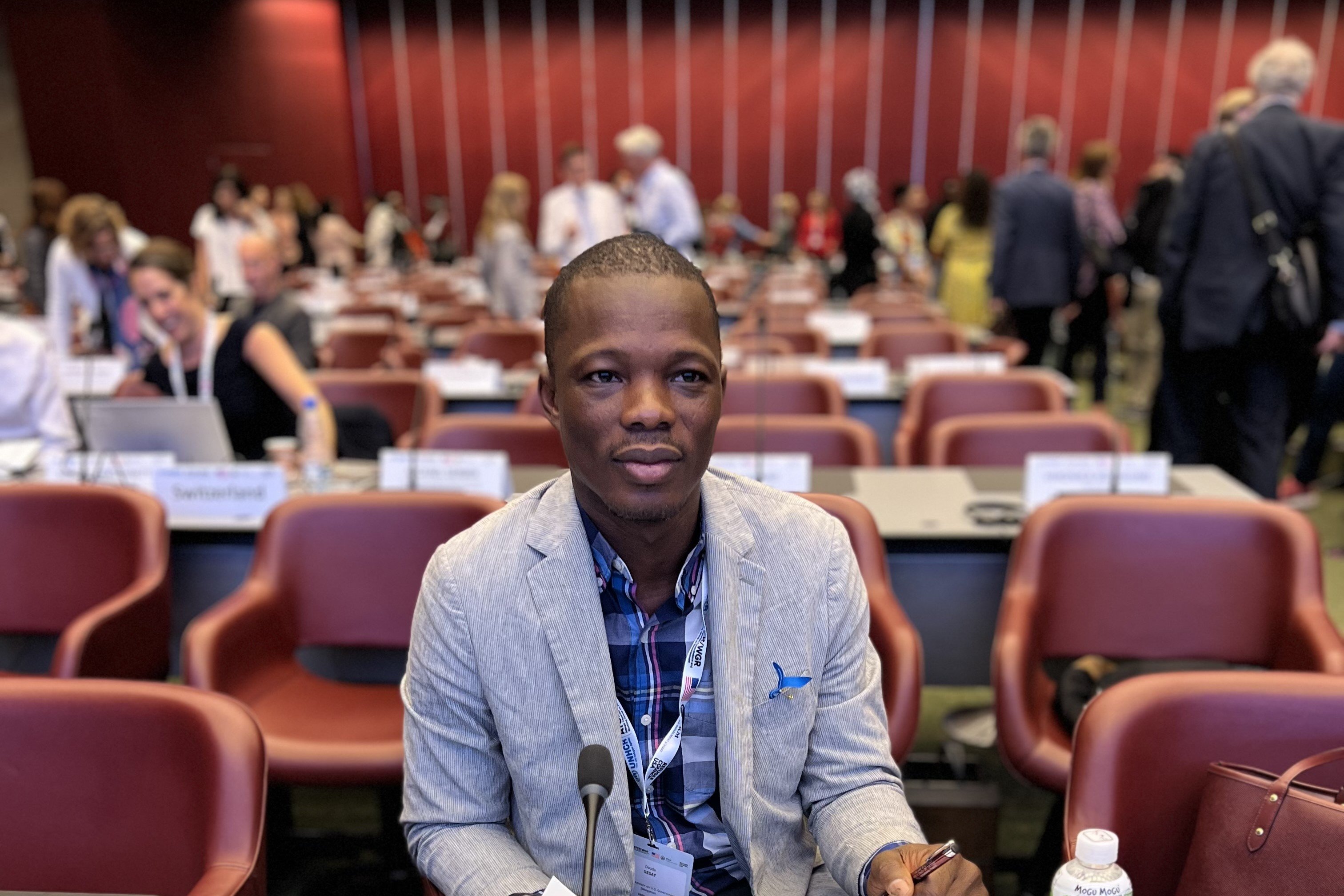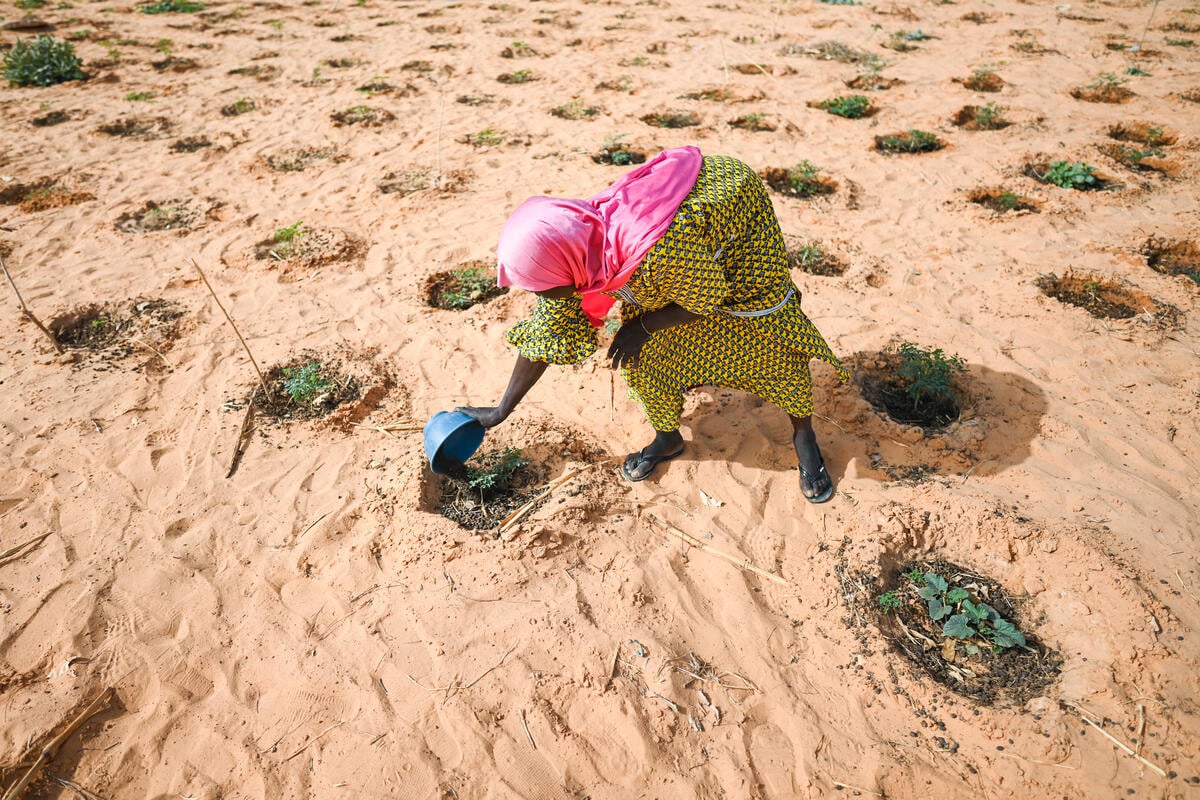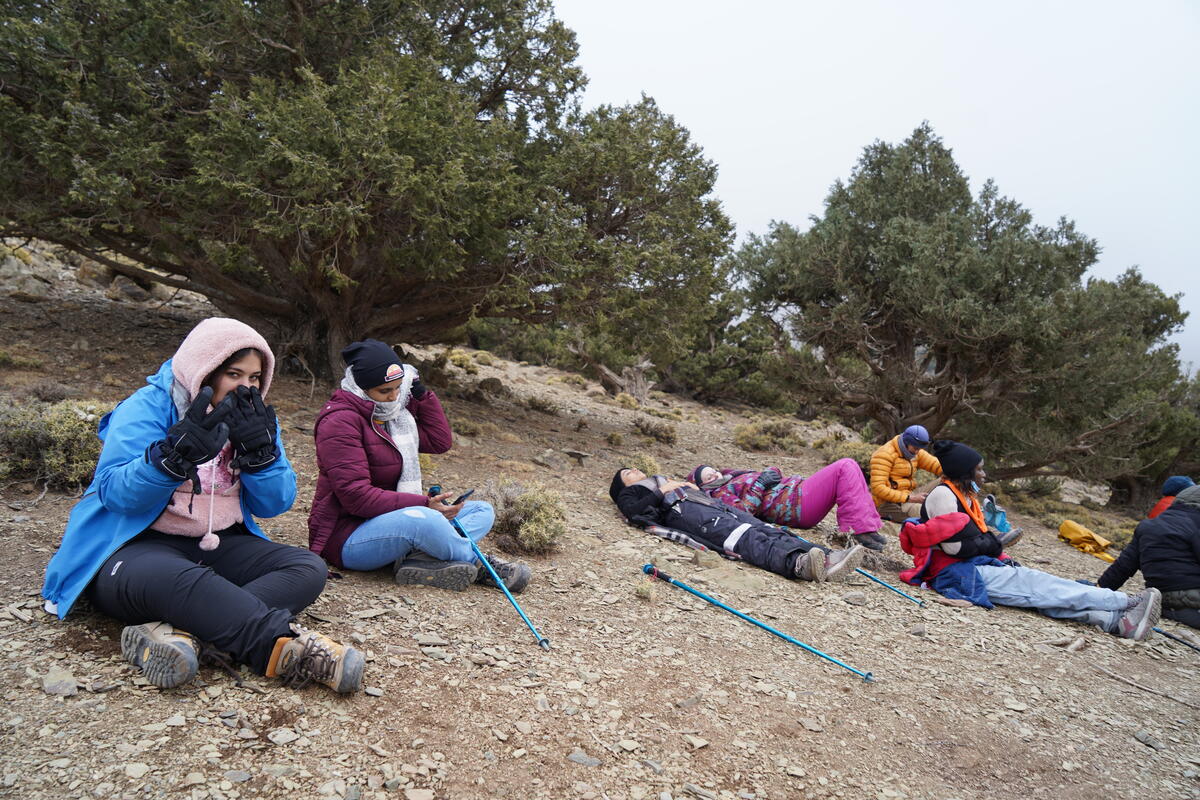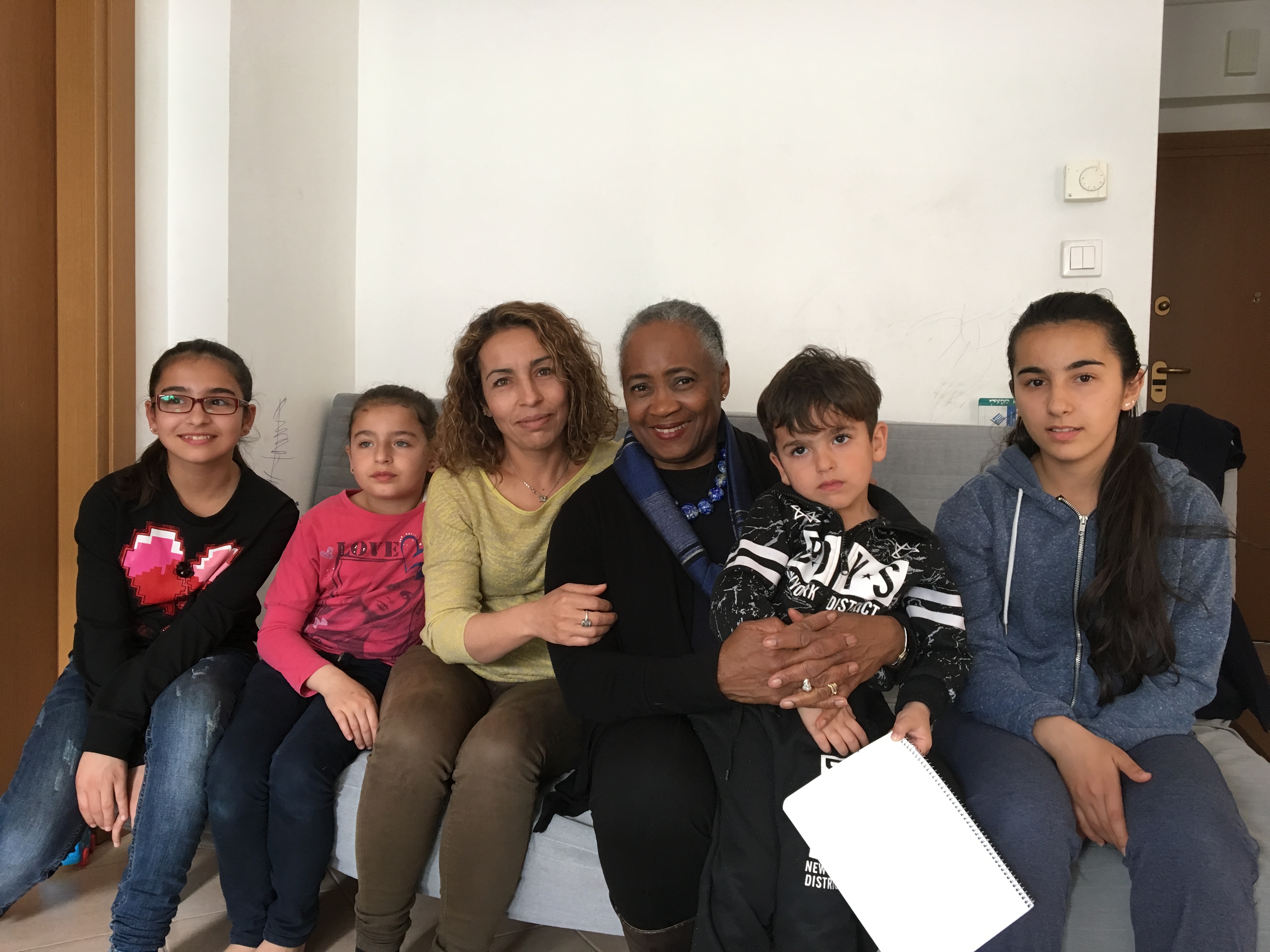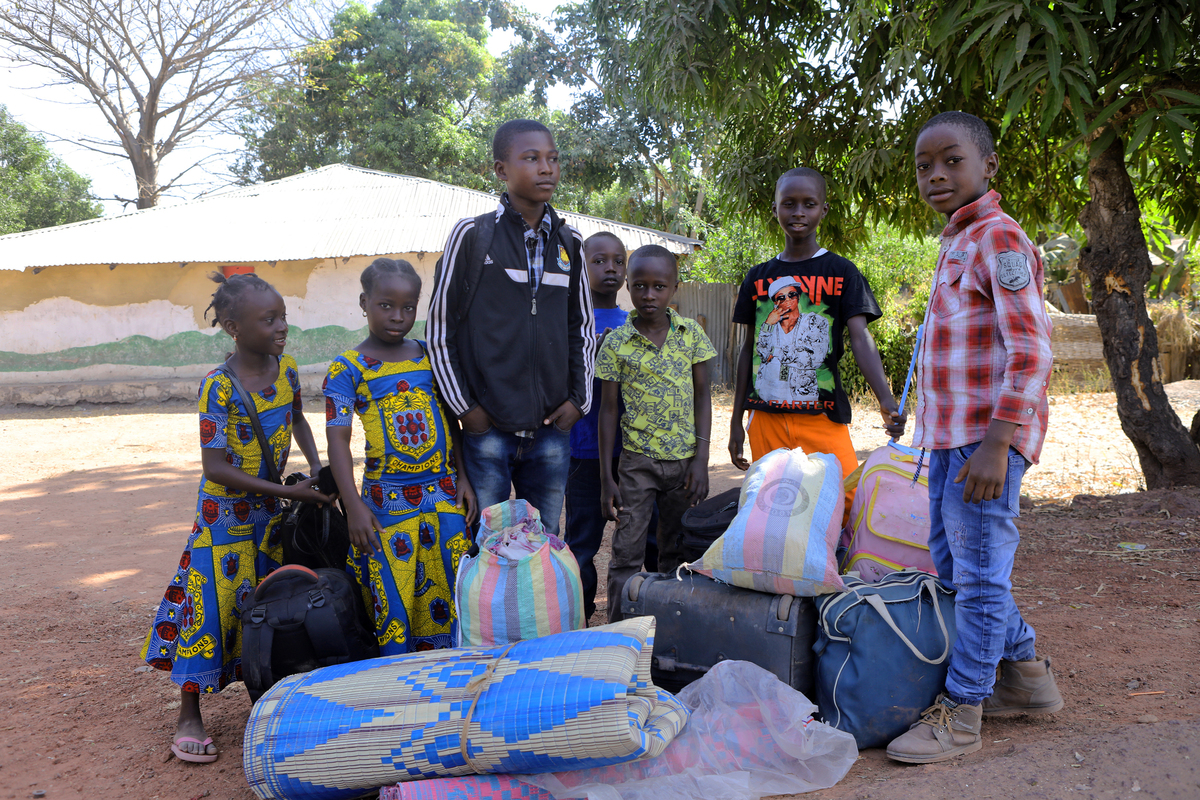Gambia: new Senegalese influx from Casamance
Gambia: new Senegalese influx from Casamance
Up to 2,000 new refugees from Senegal's Casamance region are reported to have arrived in southern Gambia over the past few days. They fled the area of Diouloulou in northern Casamance, and have arrived in the towns of Kartong and Darsilami in Gambia. Gunfire apparently coming from the Diouloulou area could be heard in Kartong and Darsilami up to two days ago. The Senegalese government is reported to have sent additional police forces to the area as part of a mop-up operation ahead of municipal elections due on 12 May. The operation was apparently sparked by an attack Wednesday on a government electoral convoy, which was attributed to the Casamance Democratic Forces Movement (French acronym MFDC), which has been waging a separatist struggle since the early 1980s. The attack on the convoy is reported to have killed at least seven people and injured four. Local press reports indicate that the Senegalese forces have so far arrested 33 presumed rebels.
As of 6 May, a total of 808 refugees had been registered in Gambia, the majority being women and children. Some 600 were temporarily housed in the local village school at Kartong, while the rest were camping outside the immigration centre at Darsilami. By May 7, the figure was estimated to have risen to close to 2,000 arrivals, including an unknown number hosted with relatives in surrounding villages. The Gambian Red Cross and UNHCR's operational partner GAFNA (Gambia Food and Nutrition Association) are present at the border, where an average 50 to 100 refugees are said to be arriving each day. Food provided by the government was distributed to the refugees, including 50 kgs of rice, 20 litres of oil, and bags of onions and sugar.
An evaluation mission by the Gambian immigration authorities, the World Food Programme and GAFNA left yesterday for the region to assess the situation. UNHCR has sent a mission from our office in Dakar, Senegal, to the border area to assess humanitarian assistance needs. The border area is situated approximately 30 km north of the Gambian capital of Banjul.
Arrangements have been made by the Gambian government to transfer refugees from Kartong and Darsilami to Bambila refugee camp, some 200 km inland. Refugees, however, are said to be reluctant to go to the camp, preferring to wait and see at the border until the situation clams down.
Gambia is already host to some 12,000 refugees, 4,000 of them from Senegal and about 7,000 from Sierra Leone.

